Anatomy of a Ring
THE HEAD
The head is the primary object that holds in the Diamond. The head is made up of the Prongs along with the base and usually a peg on the bottom to hold it to the mounting.
THE MOUNTING
The Mounting is basically the entire ring not including the center stone and is also referred to as the Setting.
THE SHOULDER
The Shoulder is usually the top two sides of the ring. It’s the part that Diamonds or Gemstones get set in. You’ll often find Channels or Pave Set Stones here. It generally rises up off the finger and creates the style or design of the mounting. It helps show off the center stone well and also tends to protect it.
SIDE STONES
Any Diamonds in the ring that are not the center large Diamond are called Side Stones or Accent Stones.
PRONGS
Prongs make up most of the Head. They go from the very tips of the points, all the way down to the base and come up on the sides of the stone, wrap over the top and hold them in place. Prongs also receive the most stress and wear on a ring and should be re-tipped, or rebuilt every 7-10 years or so. Occasionally prongs can be worn beyond repair, requiring a new Head on the ring.
4-Prong
Highlights a Diamond well by allowing more light into the stone showing off as much of the Diamond as possible. A 4-Prong head can also sometimes make a Diamond look more square.
6-Prong
A 6-Prong head offers more protection to a stone by making it much harder to hit and chip the Girdle and give a stone a nice rounded look. 6-Prongs do cover up more of the stone and allow less light into the stone which may appear a little bit darker than with a 4- Prong setting.
V-Tipped
V-Tips are the perfect Prongs to put on pointed Diamonds, such as the Marquise Cut, Princess Cut, Pear Shaped (as seen above), Trillion Cut, and any other Cut of Diamond that has a point to it. They not only protect the end and vulnerable tip, but they also give the point a nice pointed look that really enhances the overall shape of the stone.
Tulip & Buttercup Head
Tulip Heads are shaped like petals of a Tulip and can give a ring a more elegant look.
Basket Head
A Basket heads are often used for large Diamonds, Diamonds that need to be set low in a Mounting, or for Gemstones such as Emeralds, Rubies, and Sapphires.
THE PEG
The Peg is at the base of the Head of some settings holding the Diamond in place. Not all settings have pegs.
TIPS
Tips are the very top part of the prongs that bend to secure the crown of the diamond to the head.
LOW VS HIGH PROFILE HEAD
A Low Profile Head sits low in a mounting so that the primary stone also sits low. The standard, however, is the High Profile Head as it shows off a Diamond well, allowing it to be the focus of the ring
THE SHANK
The Shank is the bottom portion of the ring that wraps around your finger on the bottom. The Shank is also the section of the ring that wears down fastest becoming thin, brittle, worn, bent or broken on the bottom. This is the area that Jewelers cut when sizing a ring and that gets stamped or engraved.

